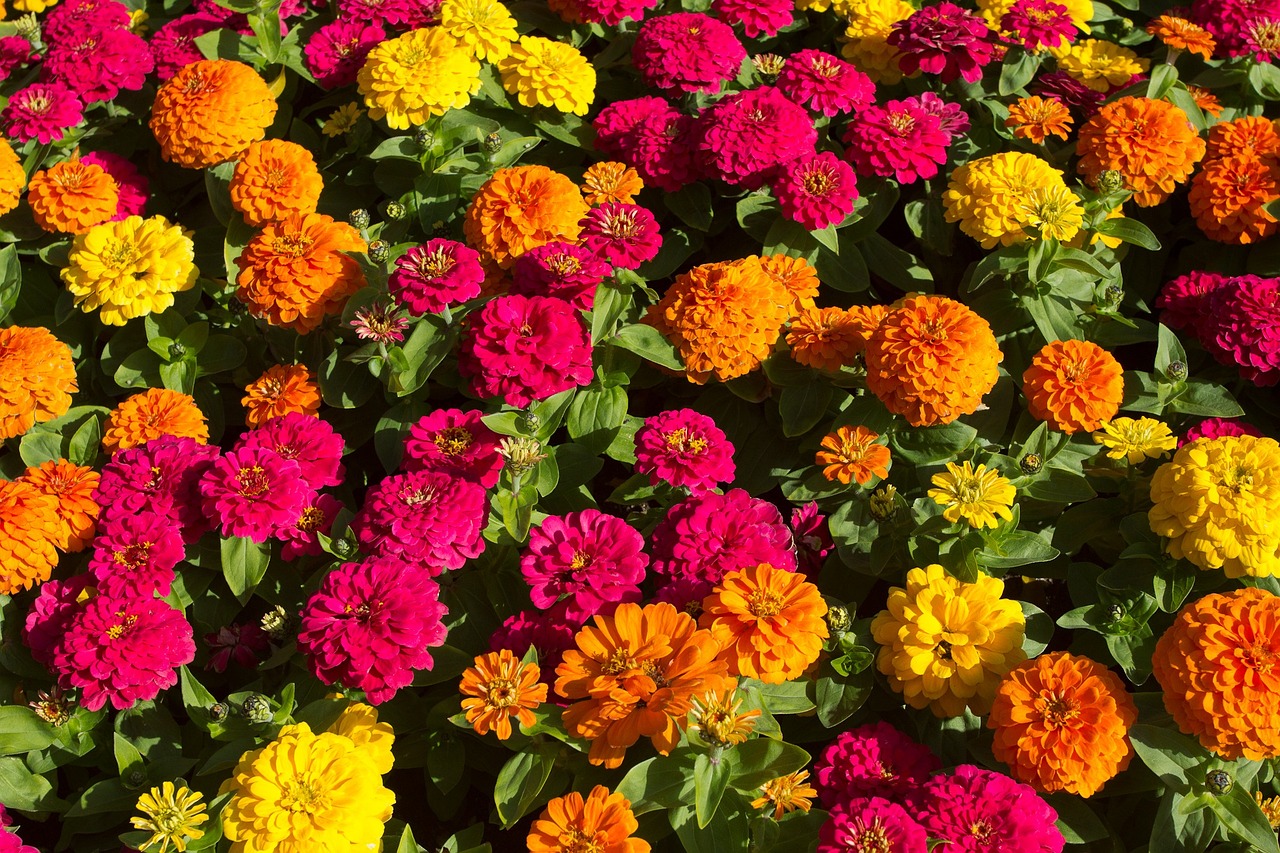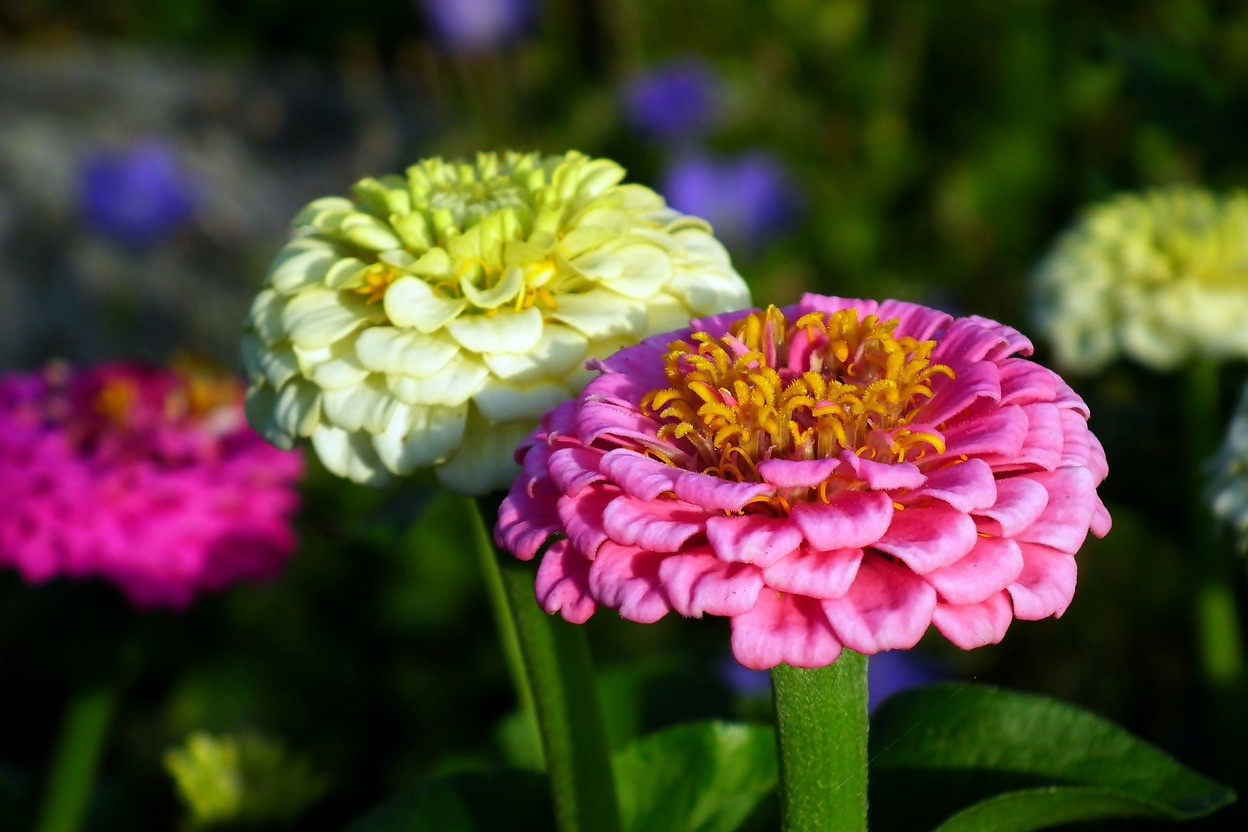
Zinnias are vibrant, colorful blooms that come in a dazzling array of colors. From cheerful yellow flowers to charming purple ones, you can find a zinnia variety to suit practically any aesthetic. It would be nice if they returned reliably year after year, but are zinnias perennials, or should you plan on replanting them? This guide will clear things up for you, so you can feel confident growing your zinnias.
Are zinnias perennials?

No, most zinnias are not perennials. Zinnias are annual flowers that go to seed at the end of the growing season and don’t return the next year. However, there is a notable exception. Rocky mountain zinnias, also called wild zinnias or prairie zinnias, are actually perennials.
This zinnia species, Zinnia grandiflora, is native to the American Southwest. While it isn’t as common as Zinnia elegans, wild zinnia seeds can sometimes be found, and they do make lovely additions to drought-tolerant gardens. Unlike common zinnias, wild zinnias don’t come in many colors. They stay fairly short, growing in low hills or mounds with golden flowers.
Will zinnias reseed themselves?

Annual zinnias will reseed themselves if their flowers are left on the plant. You can prevent reseeding by clipping the flowers before they have a chance to drop their seeds, which is good news if you’re hoping to plant something else where your zinnias are. If you’d prefer to keep growing zinnias, all you have to do is leave the flowers where they are.
You can also collect the zinnia seeds from your plant to plant them yourself in the spring. Keep in mind that not all zinnias are true to seed, meaning the seeds may result in zinnias of different colors or sizes. If you have a specific aesthetic in mind, this could be frustrating, but some gardeners may enjoy the surprise.
What zones are zinnias hardy in?

Since they are annuals, zinnias are actually considered hardy in most of the U.S. Zinnias are hardy in USDA zones 2 to 11. This is because zones are determined by the lowest winter temperatures in an area, and zinnias typically die during winter regardless of the temperature. However, this is not the case for Zinnia grandiflora. Since they are perennials and will return provided the winter temperatures don’t kill them, they are considered hardy only in zones 9 to 11. While you can grow them as annuals farther north, they won’t return next year unless you bring them inside or grow them in a greenhouse.
Zinnias are gorgeous, colorful, and easy to grow. Now that you know that most, but not all, zinnias are annuals, you’re better prepared to grow and care for these delightful flowers. If you’re disappointed that zinnias aren’t perennials, don’t worry. They will self-seed if given the chance, so you might still see zinnias popping up in your garden, even without replanting them.



